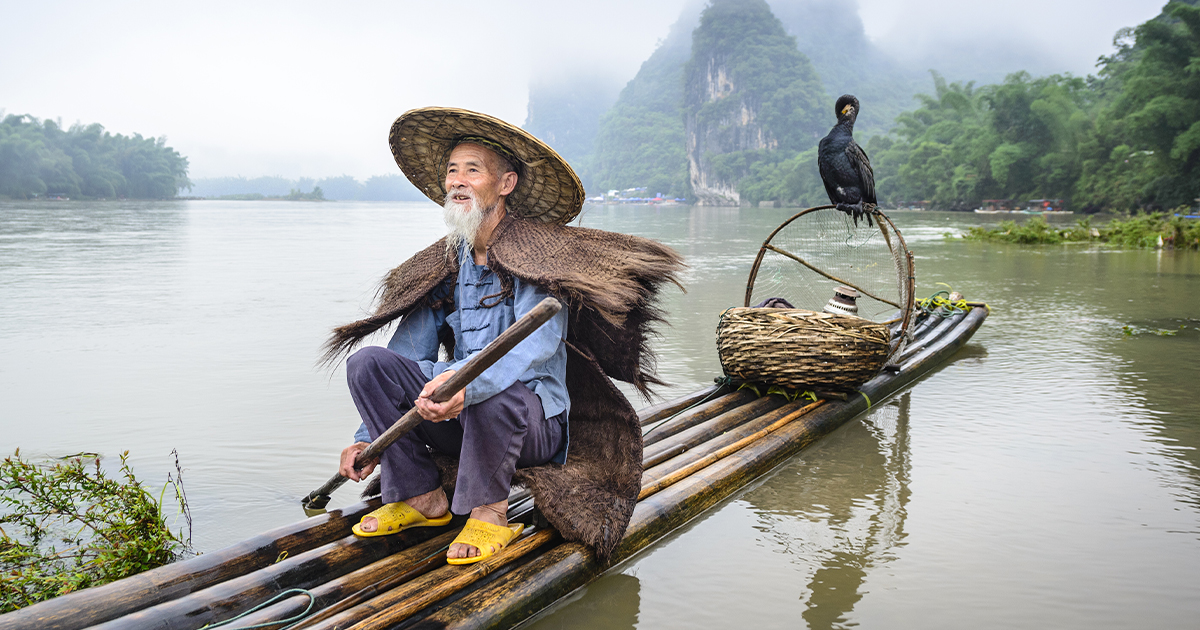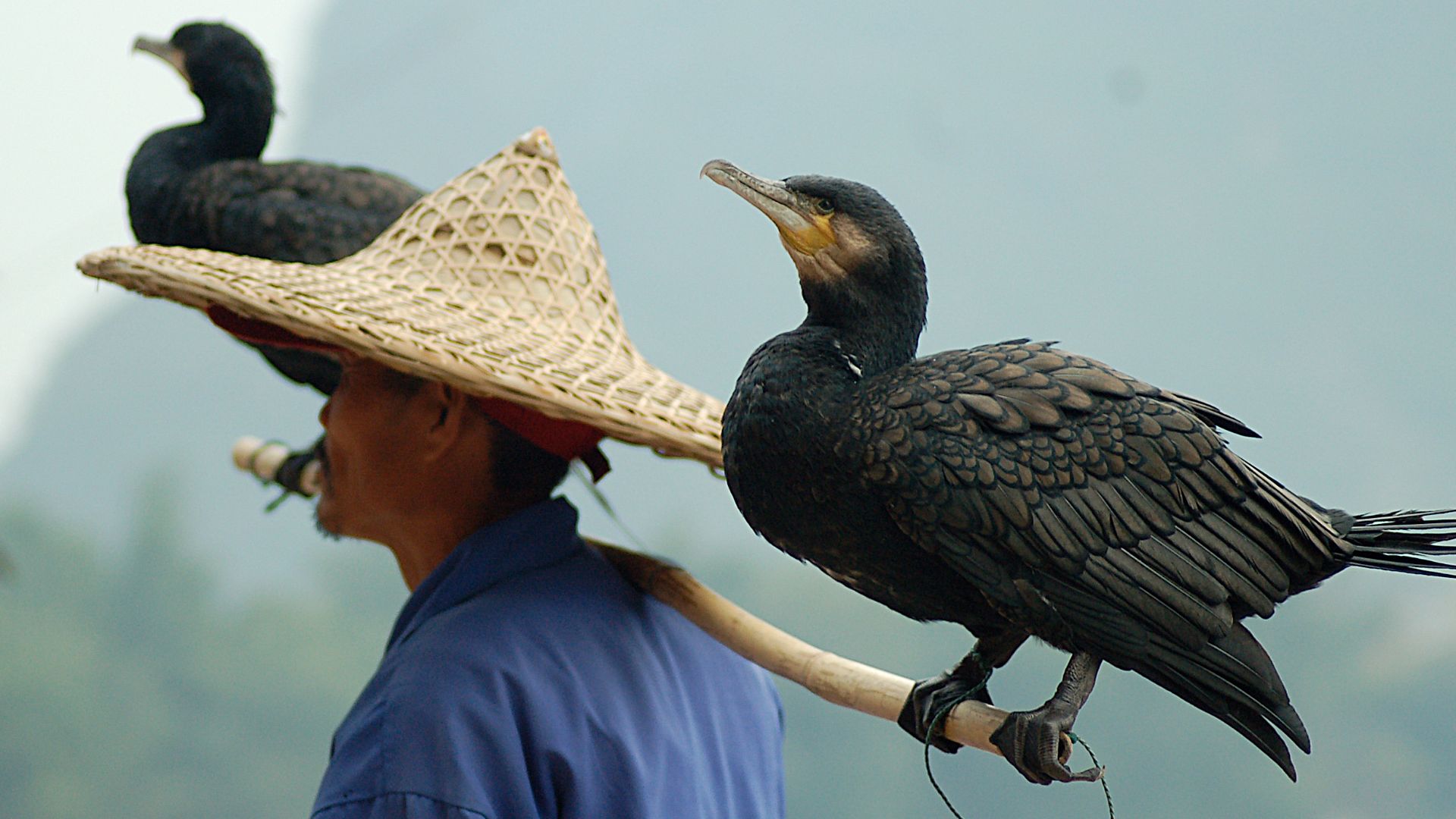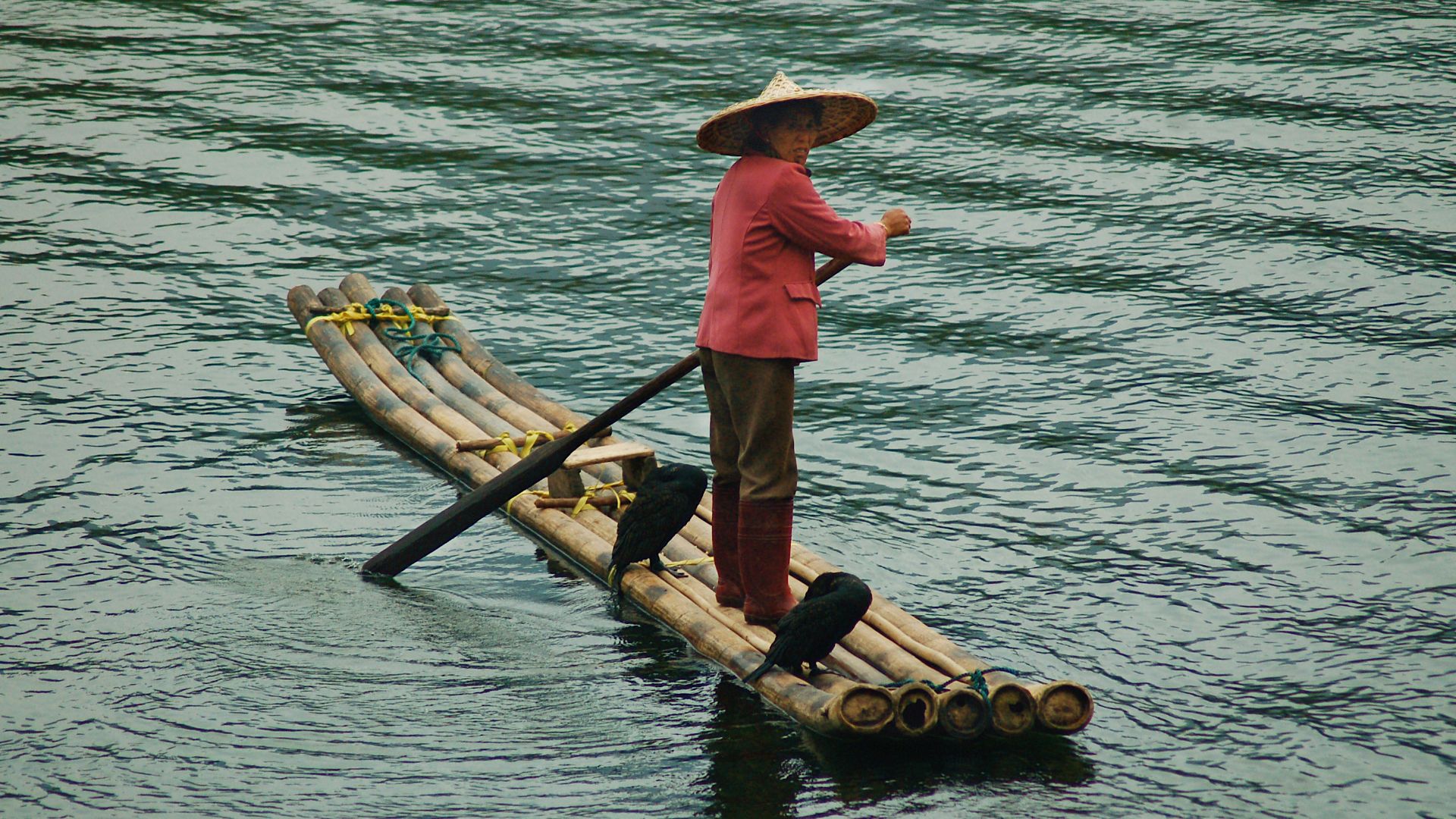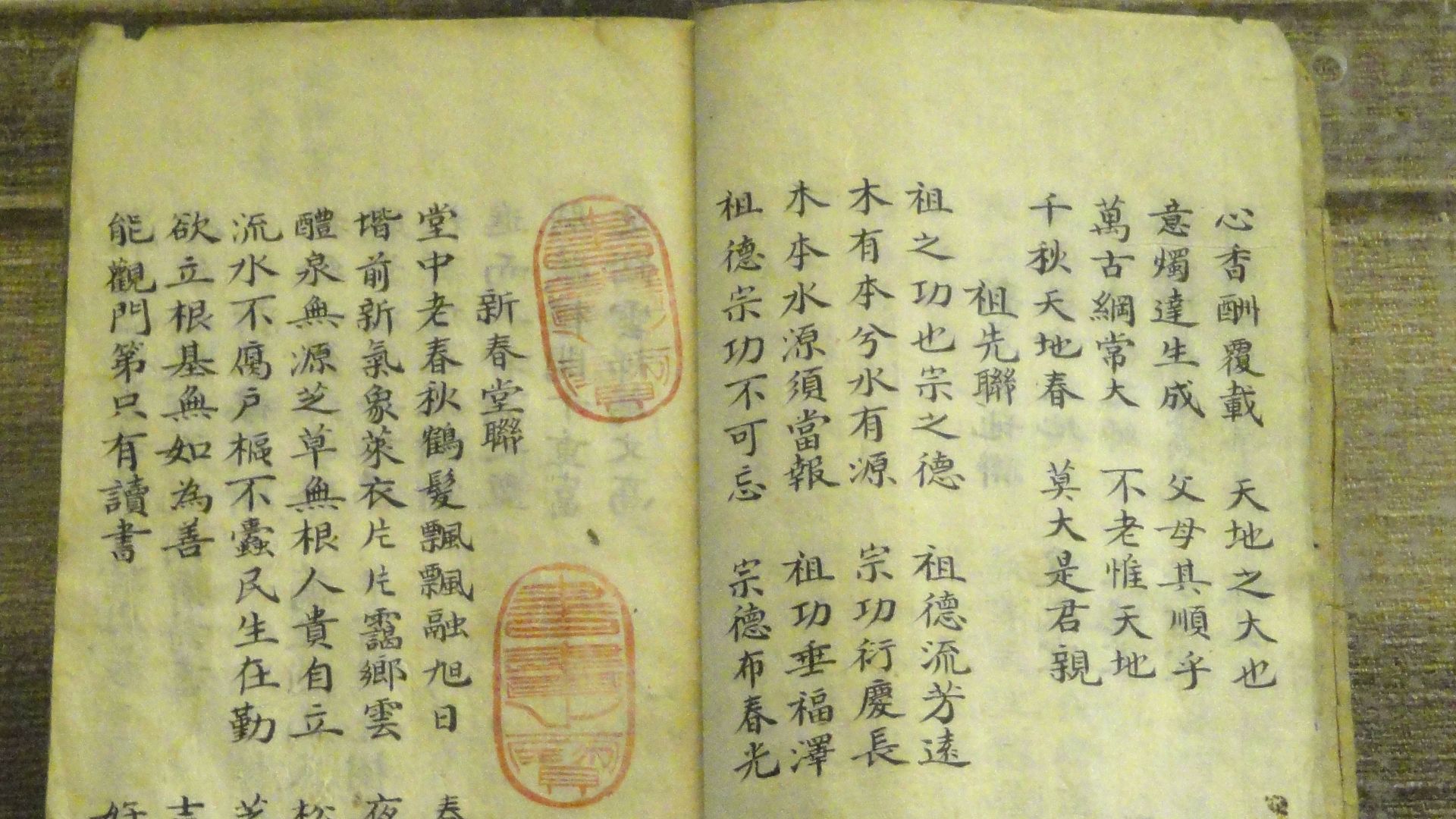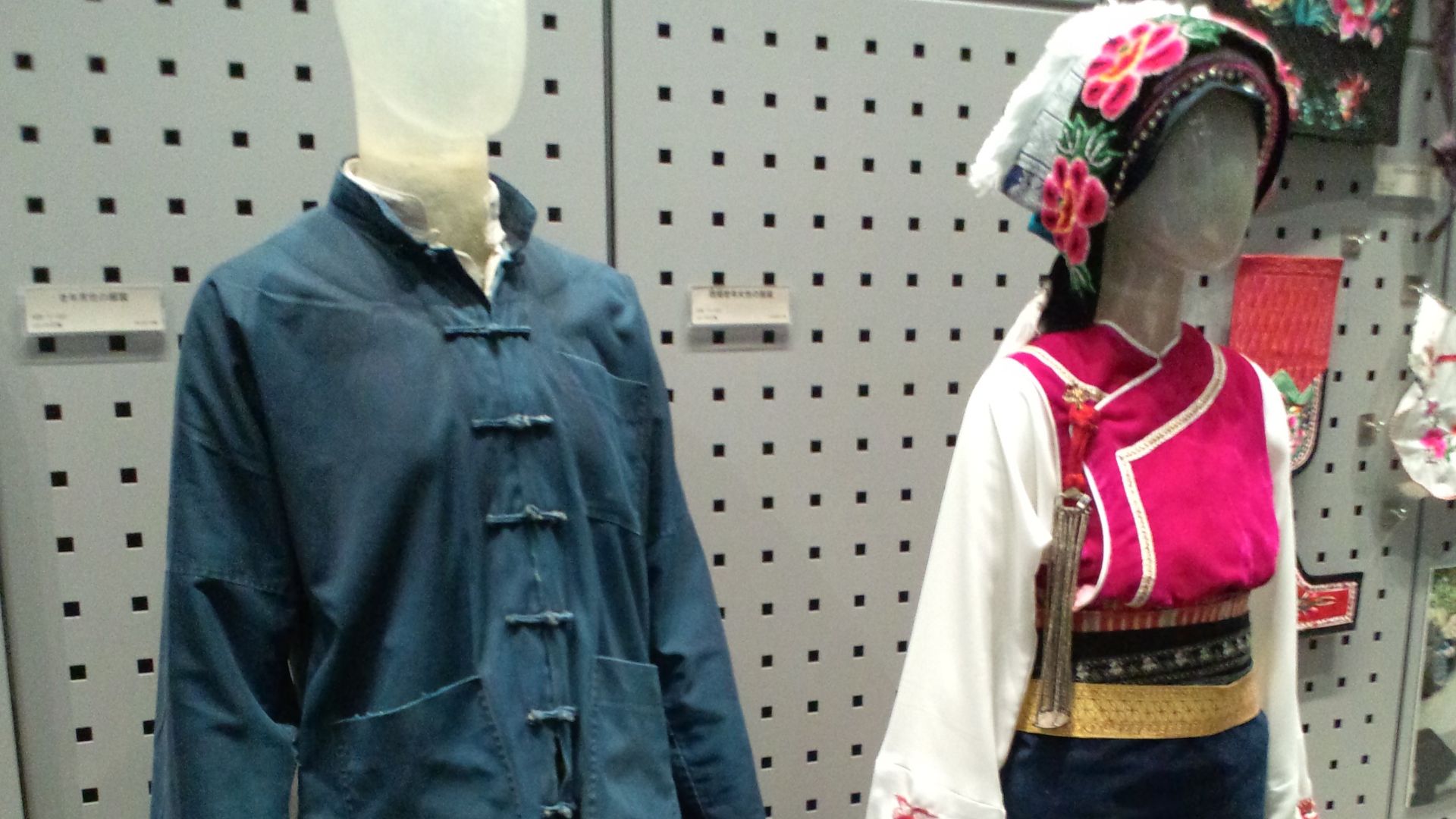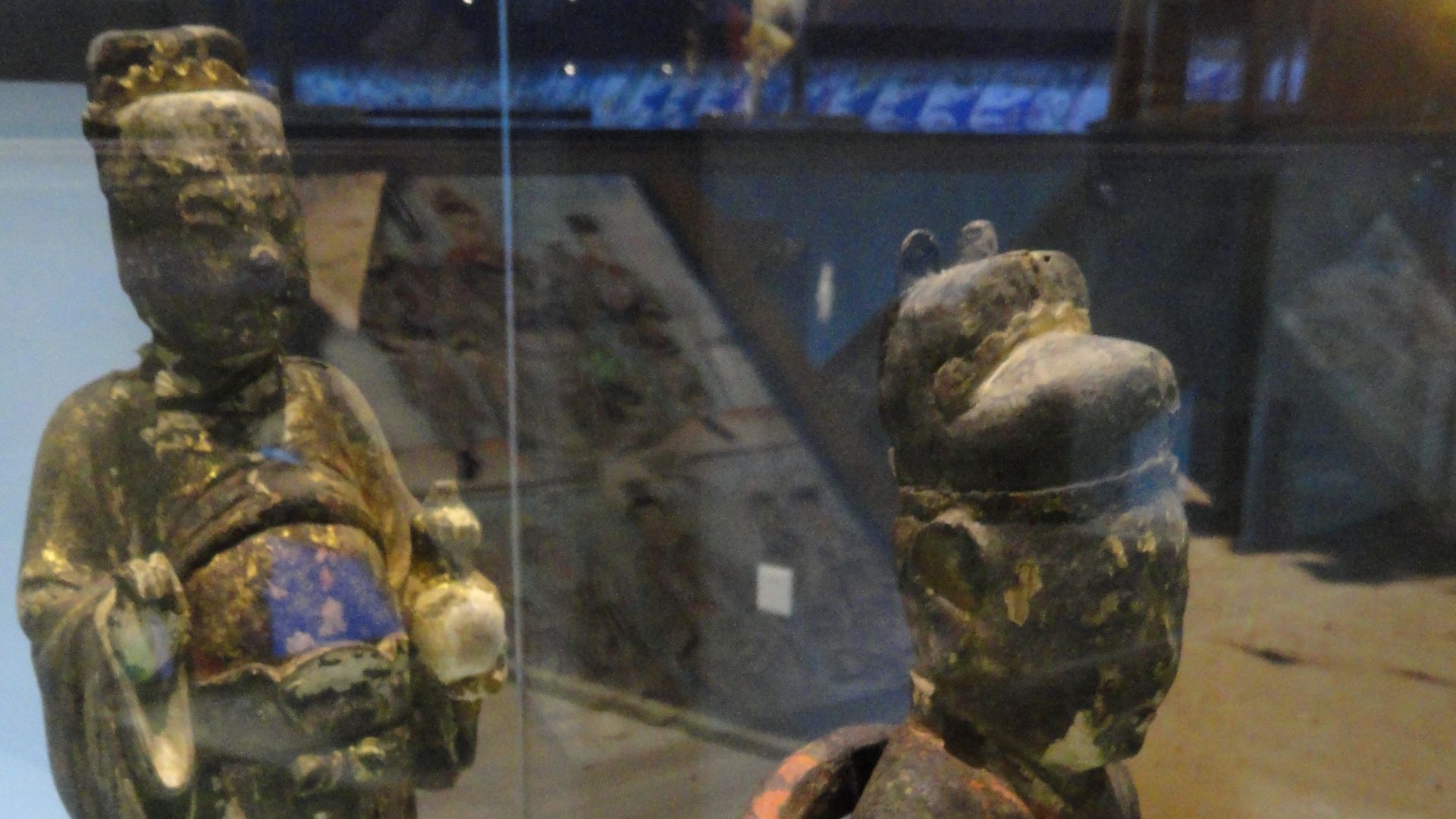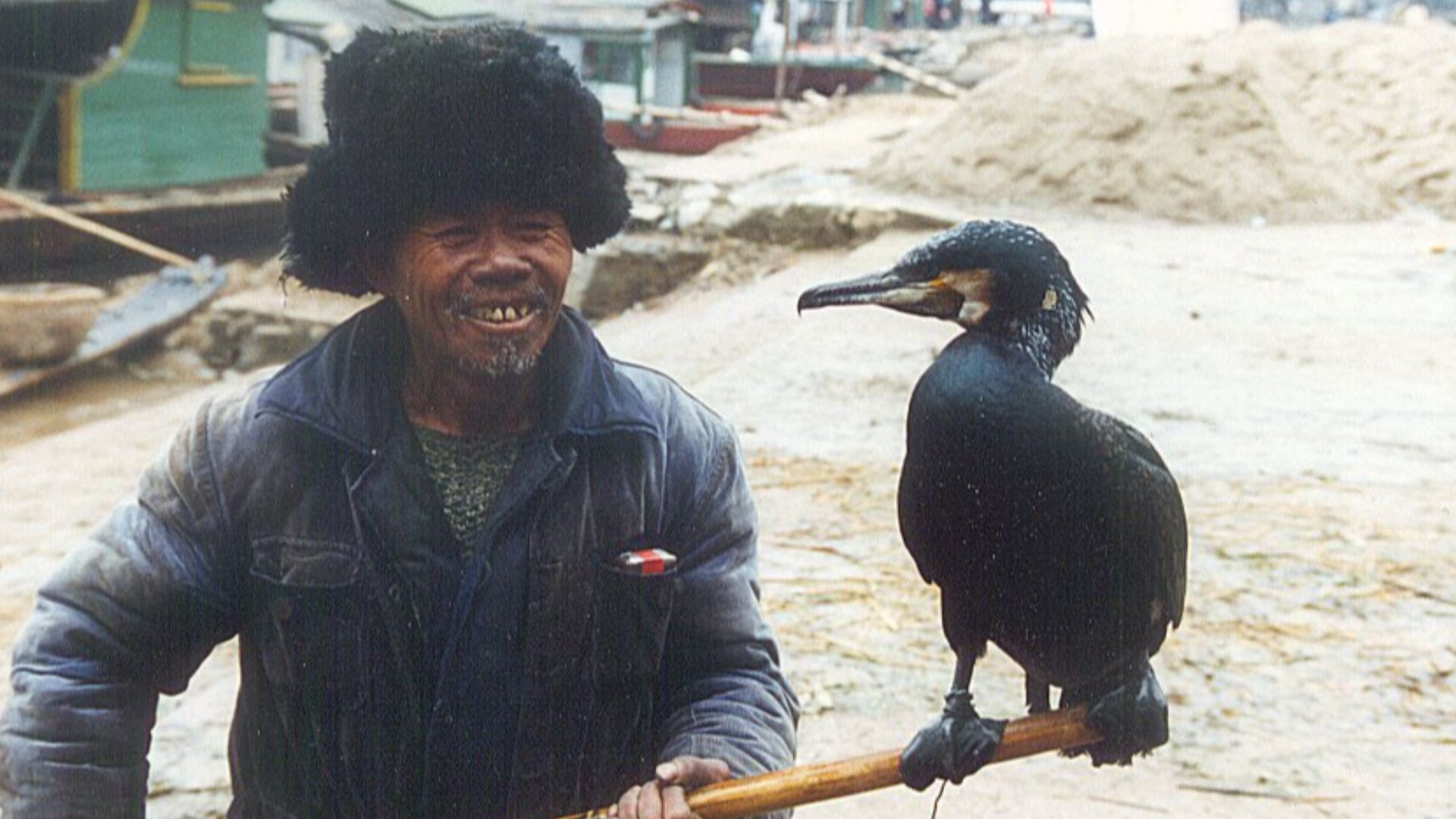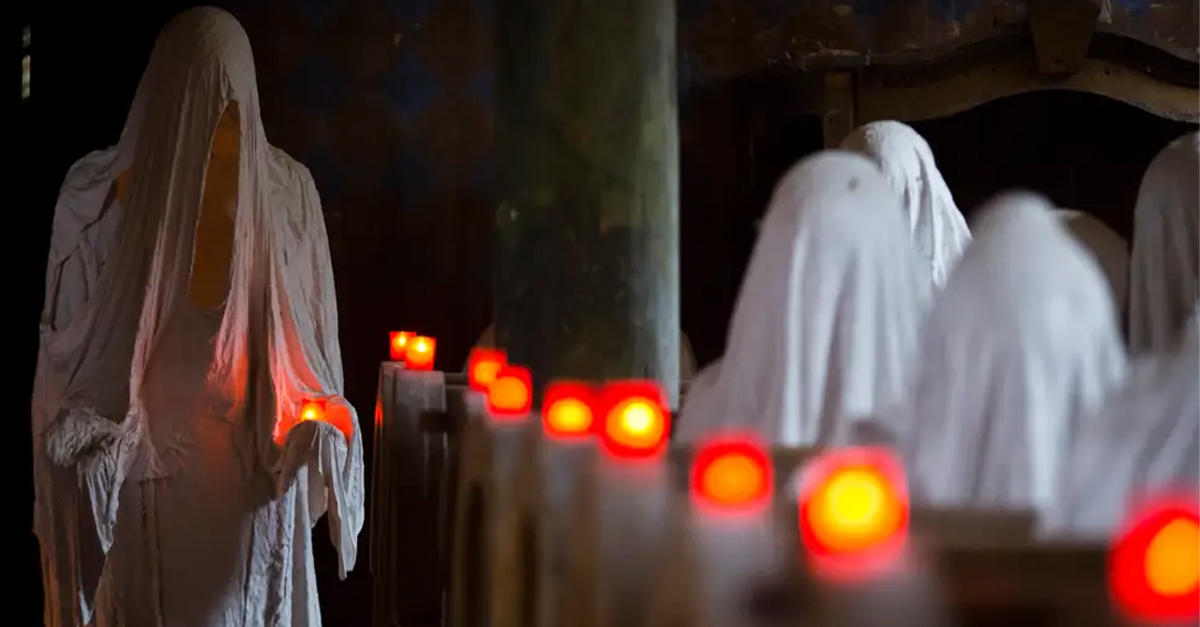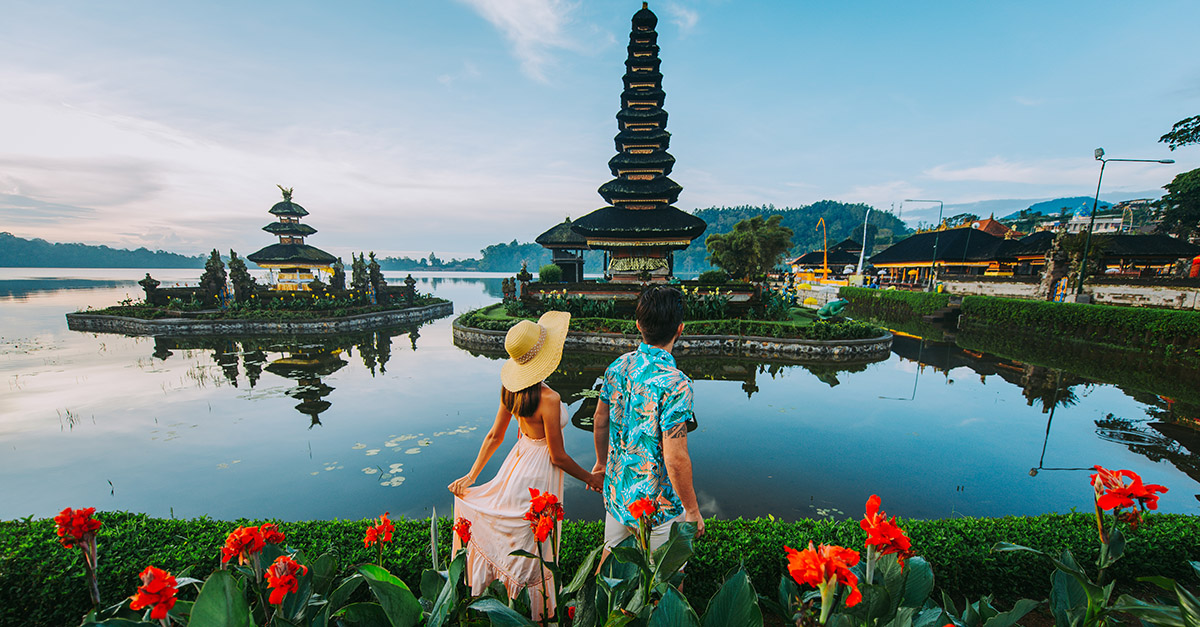The Water Whisperers of China
In the scenic valleys of China’s Yunnan Province, nestled between jade-colored mountains and clear, mirror-like lakes, lives the Bai people—an ethnic minority known for their vibrant culture and mysterious bond with nature. While modernization sweeps across much of China, the Bai have held tightly to their traditions. One of their most fascinating customs? Fishing with birds.
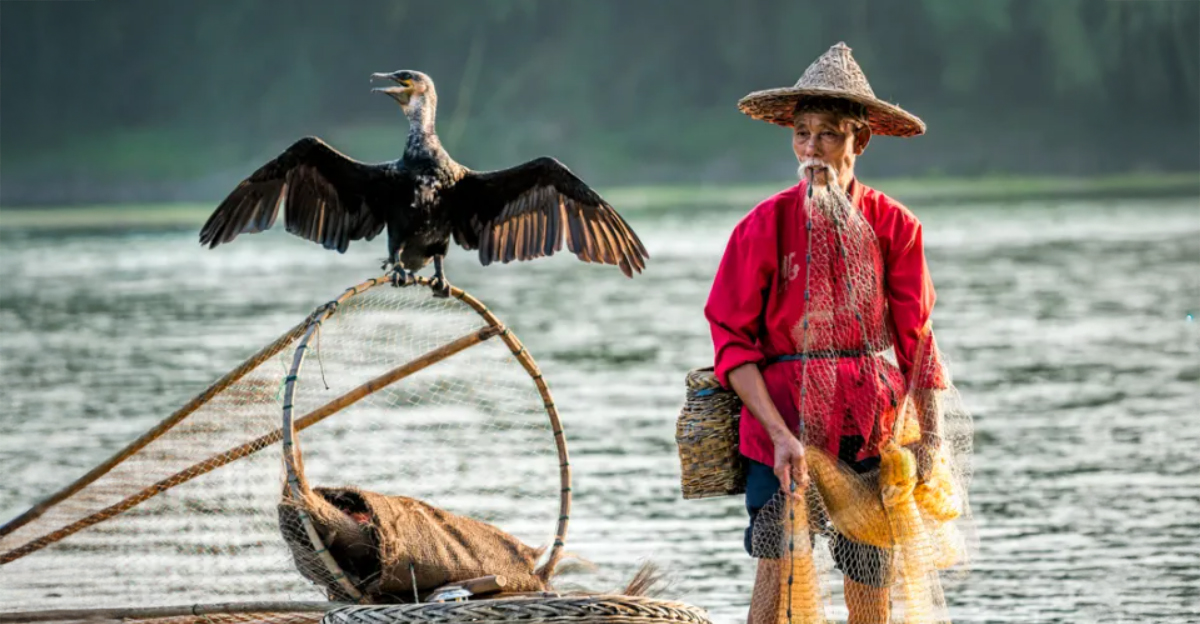
Life by the Water
The Bai people have lived near the shores of Lake Erhai for centuries. Water isn’t just a resource—it’s a way of life. From farming rice to washing fabrics and preparing herbal medicines, water plays a central role in everything they do. But it’s the way they fish that draws the world’s attention.
 Ariel Steiner (Asteiner), Wikimedia Commons
Ariel Steiner (Asteiner), Wikimedia Commons
The Art of Bird-Fishing
For generations, Bai fishermen have trained cormorants—sleek black water birds—to dive beneath the surface and catch fish for them. It’s a quiet, mystical collaboration. The birds perch patiently on long bamboo boats. At a signal, they dive into the water, resurfacing moments later with wriggling fish in their beaks.
 Rod Waddington, Wikimedia Commons
Rod Waddington, Wikimedia Commons
Trust Between Man and Bird
The relationship between fisherman and bird is built on trust, not dominance. A thin thread around the bird’s neck keeps it from swallowing the larger fish, but the bird is always rewarded with smaller fish for its effort. The birds know the routine. They work as partners, not pets.
A Skill Passed Through Generations
Training cormorants is an art form. Boys learn from their fathers and grandfathers how to read the birds, build gentle harnesses, and command without words. The training begins when the birds are young. It takes years to master, and it creates a bond that can last a lifetime.
Before the Dawn
Fishing begins in the early morning, before the sun rises. The fishermen push off in silence, the birds perched and alert. Mist rolls over the lake as the cormorants dive and return. It’s more than fishing—it feels like a ritual passed down from another world.
 Brücke-Osteuropa, Wikimedia Commons
Brücke-Osteuropa, Wikimedia Commons
A Culture Set Apart
Unlike China’s mainstream Han culture, the Bai have their own language, architecture, clothing, and festivals. Their homes are white-walled with decorative black tile roofs. Courtyards bloom with flowers. Their traditional garments feature bold colors and embroidered patterns, especially worn during ceremonies and weddings.
A Love for Nature
The Bai have a deep spiritual connection with the natural world. They believe in mountain and water spirits, and many Bai villages include temples or shrines to honor these forces. Rituals are performed to ask for harmony with nature and to show gratitude for good harvests.
 Jason Zhang, Wikimedia Commons
Jason Zhang, Wikimedia Commons
Music and Storytelling
Bai culture is rich in oral tradition. Folk songs and tales are passed down through generations. Their music is soft and rhythmic, often performed with instruments like the sanxian (three-stringed lute) and lusheng. Every song has a story, every dance a meaning.
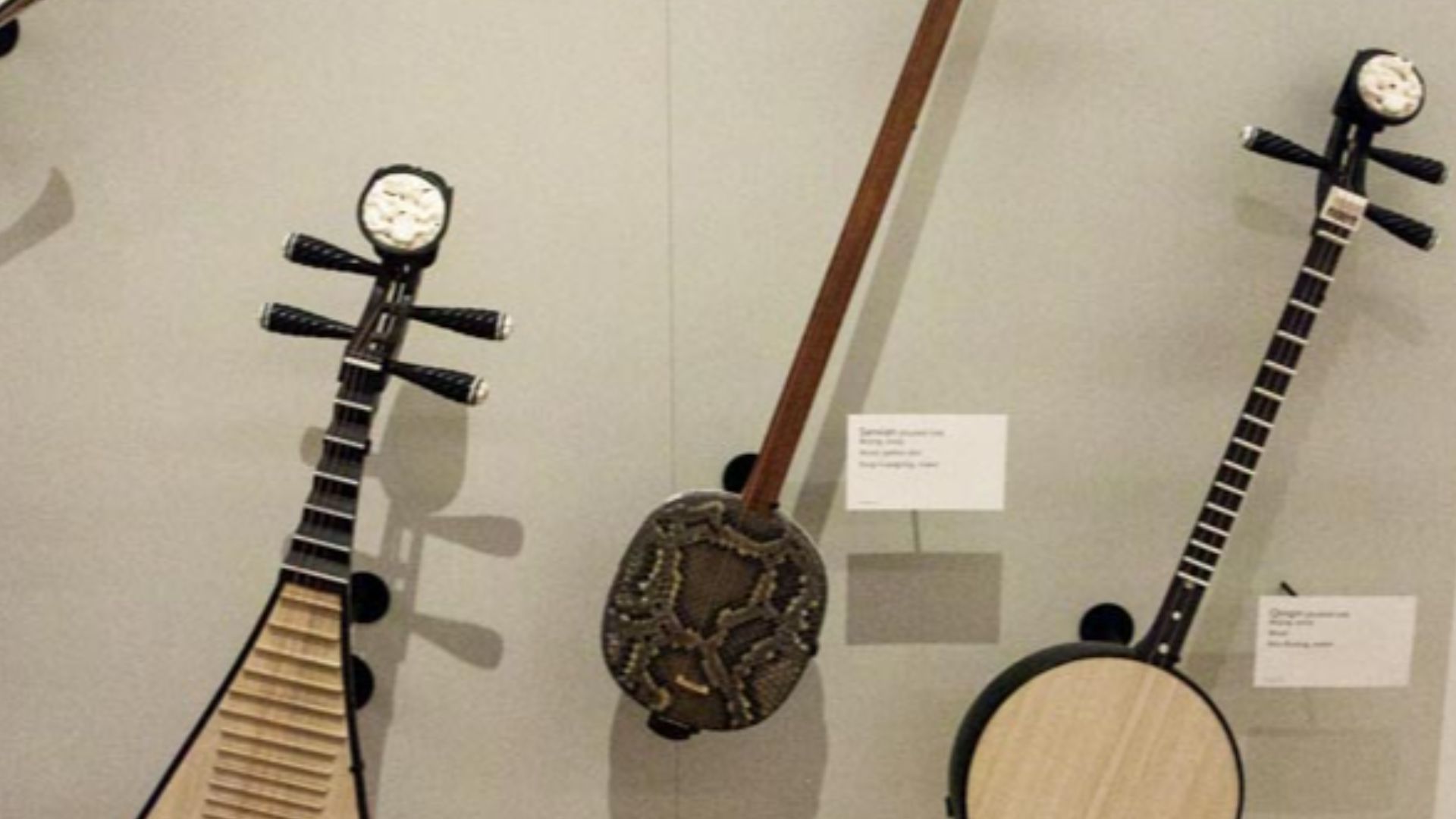 Frank Kovalchek from Anchorage, Alaska, USA, Wikimedia Commons
Frank Kovalchek from Anchorage, Alaska, USA, Wikimedia Commons
The March Fair Festival
One of the biggest celebrations is the March Fair, held near Dali. It blends religious rites, horse races, street food, and trade. Thousands gather in colorful dress to exchange goods, play music, and celebrate Bai identity. It’s a festival unlike any other in China.
 ZhaoScorpio, Wikimedia Commons
ZhaoScorpio, Wikimedia Commons
Women as Cultural Keepers
In Bai society, women play a strong role. They often manage family finances, organize ceremonies, and lead local businesses. Their embroidery skills are legendary—telling stories with threads. Many Bai women wear traditional clothing daily, keeping their identity alive in a rapidly changing world.
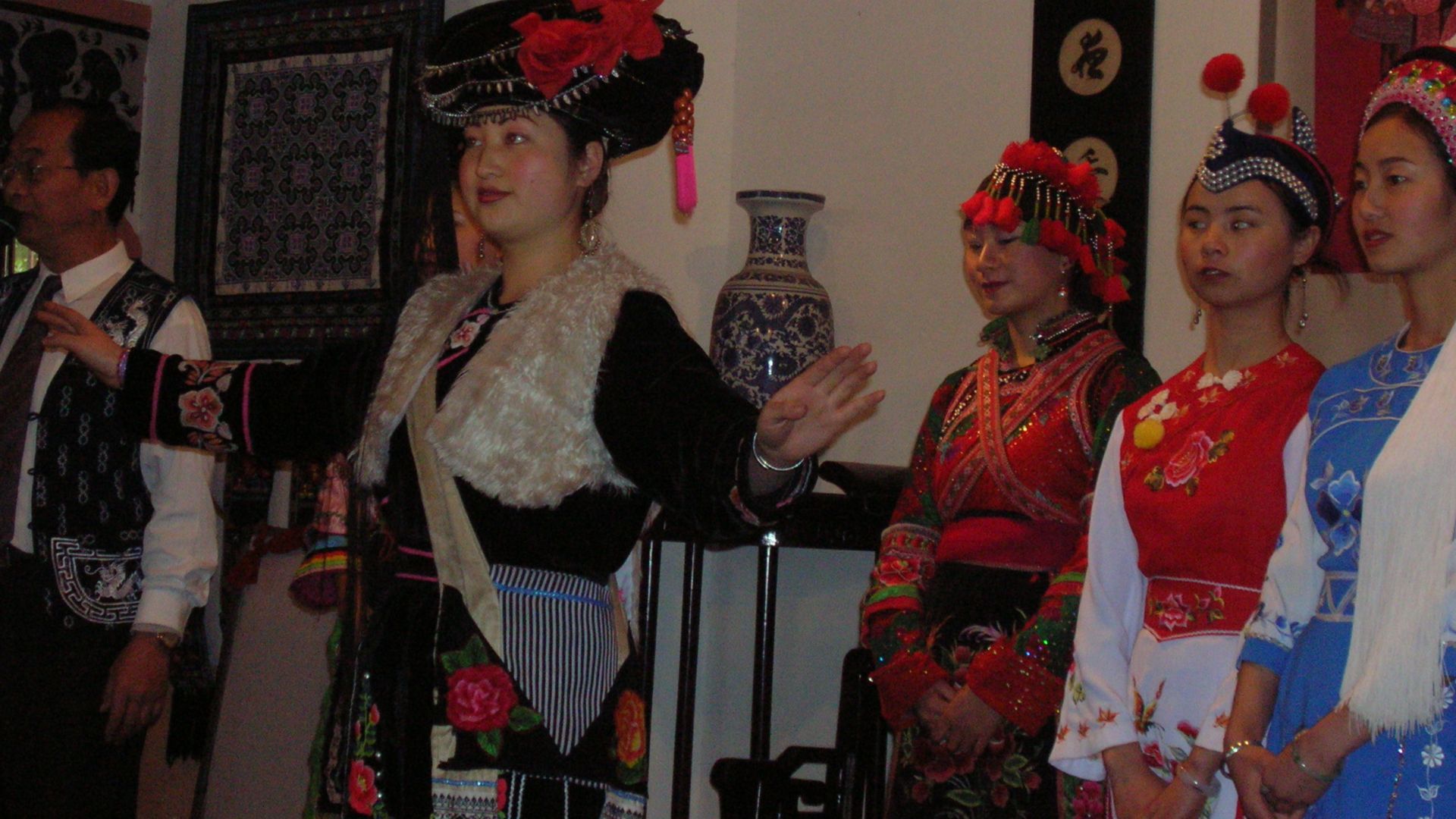 User Tdxiang on English Wikipedia, Wikimedia Commons
User Tdxiang on English Wikipedia, Wikimedia Commons
Architecture with Meaning
Bai houses are built in a specific arrangement: three buildings form a U-shape around a courtyard, with a decorative screen wall at the front to block evil spirits. Every part of the structure serves a symbolic and practical purpose.
A Language at Risk
The Bai speak their own language, though many younger people now learn Mandarin as well. With each generation, fewer speak Bai fluently, making cultural preservation efforts more urgent. Elders continue to teach children traditional songs and vocabulary to keep the language alive.
Hidden in Plain Sight
While they live within China’s borders, the Bai often feel separate from the dominant culture. Their values, rhythms, and worldview are shaped more by seasons and spirits than by cities or screens. This distance is part of what makes their culture so enchanting.
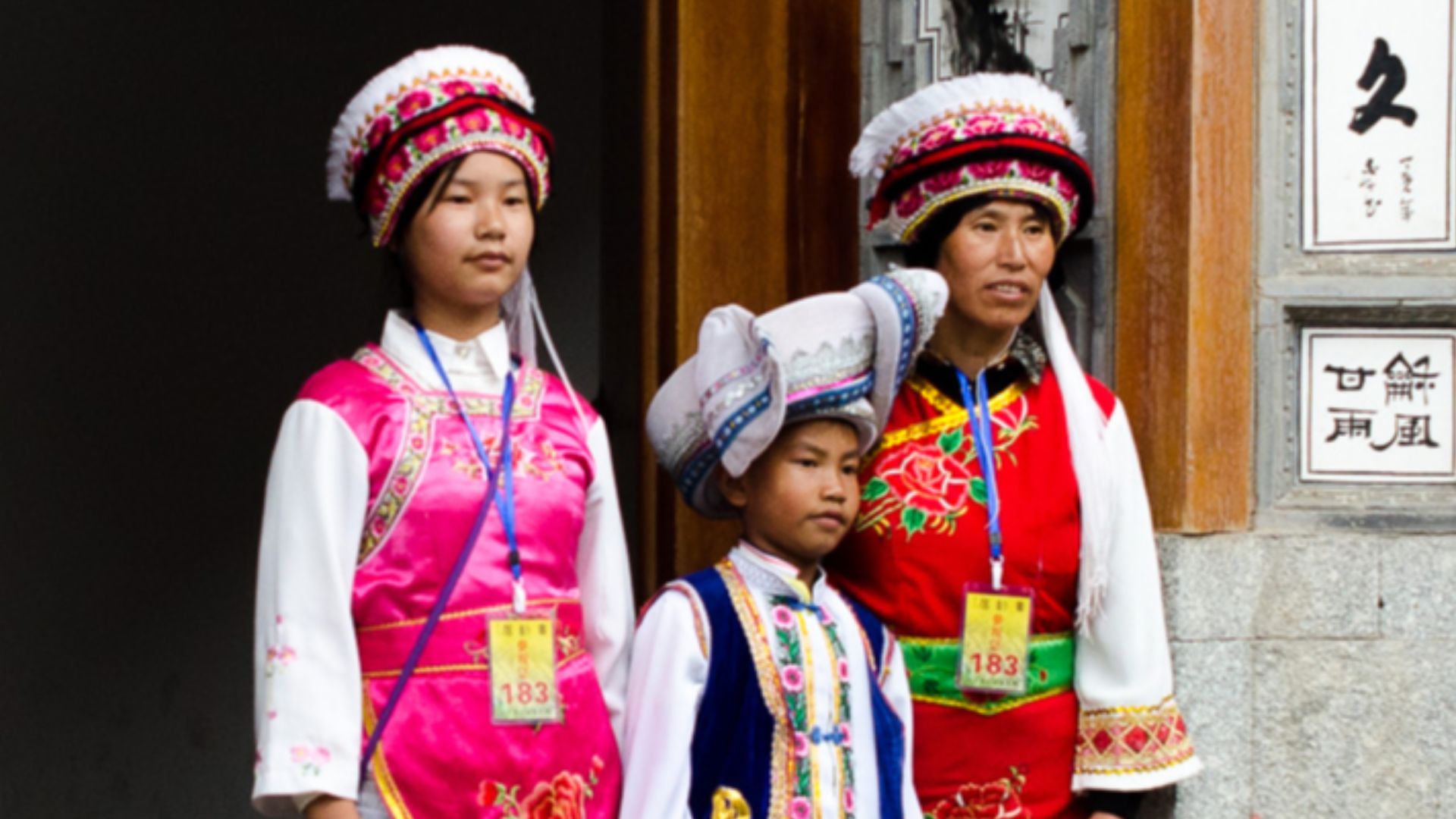 Luca Casartelli, Wikimedia Commons
Luca Casartelli, Wikimedia Commons
Cormorant Wisdom
Elders say that cormorants know more than we think. They can sense weather changes, avoid polluted waters, and even guide boats in the dark. The Bai fishermen trust their birds completely—not just to catch fish, but to protect them from the dangers of the lake.
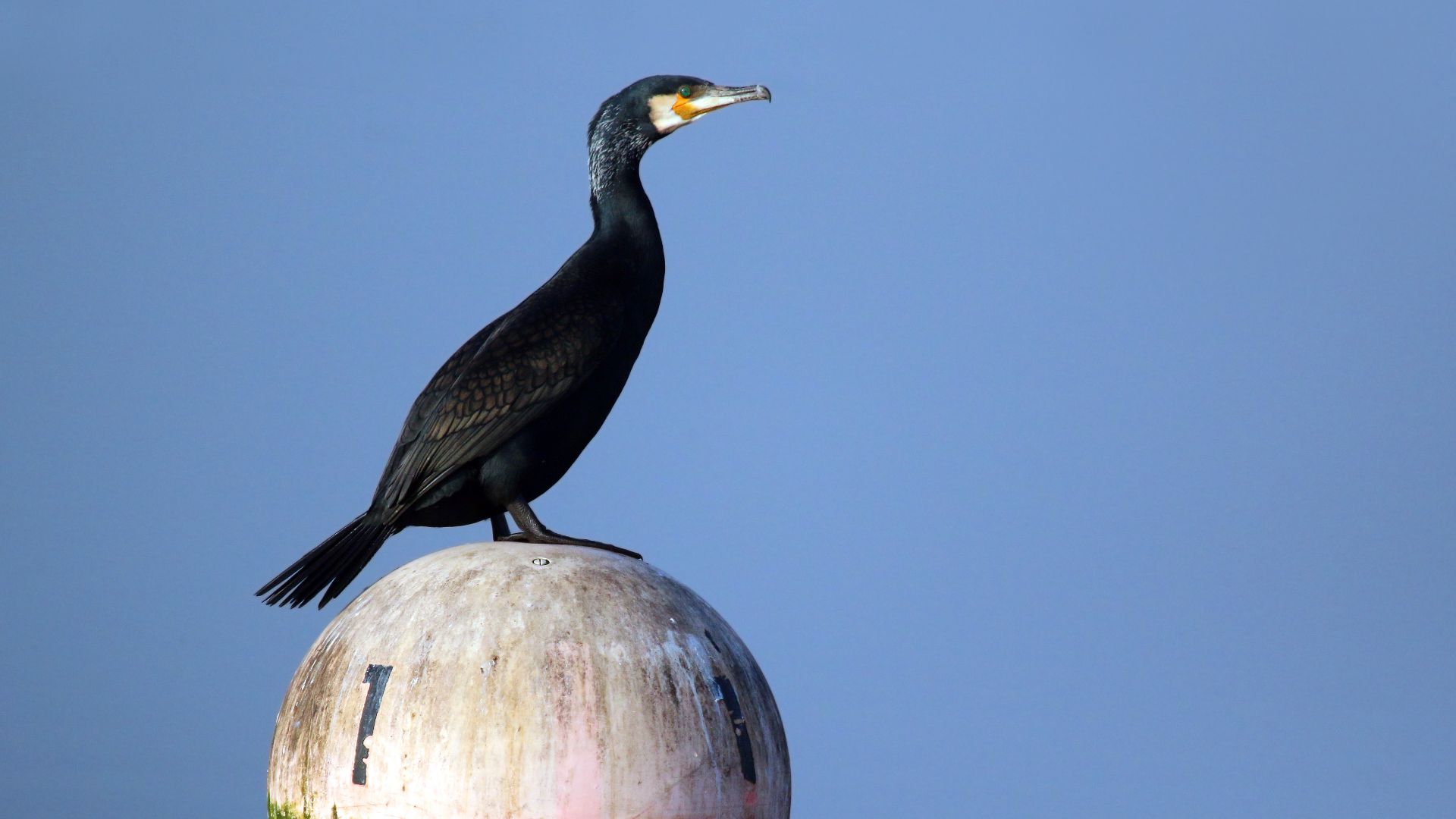 Charles J. Sharp, Wikimedia Commons
Charles J. Sharp, Wikimedia Commons
A Dying Tradition?
With tourism and modern fishing techniques on the rise, cormorant fishing is fading. Some now perform it for visitors instead of survival. But a few still do it the old way—quietly, before dawn, without an audience. For them, it’s not a show. It’s a way of life.
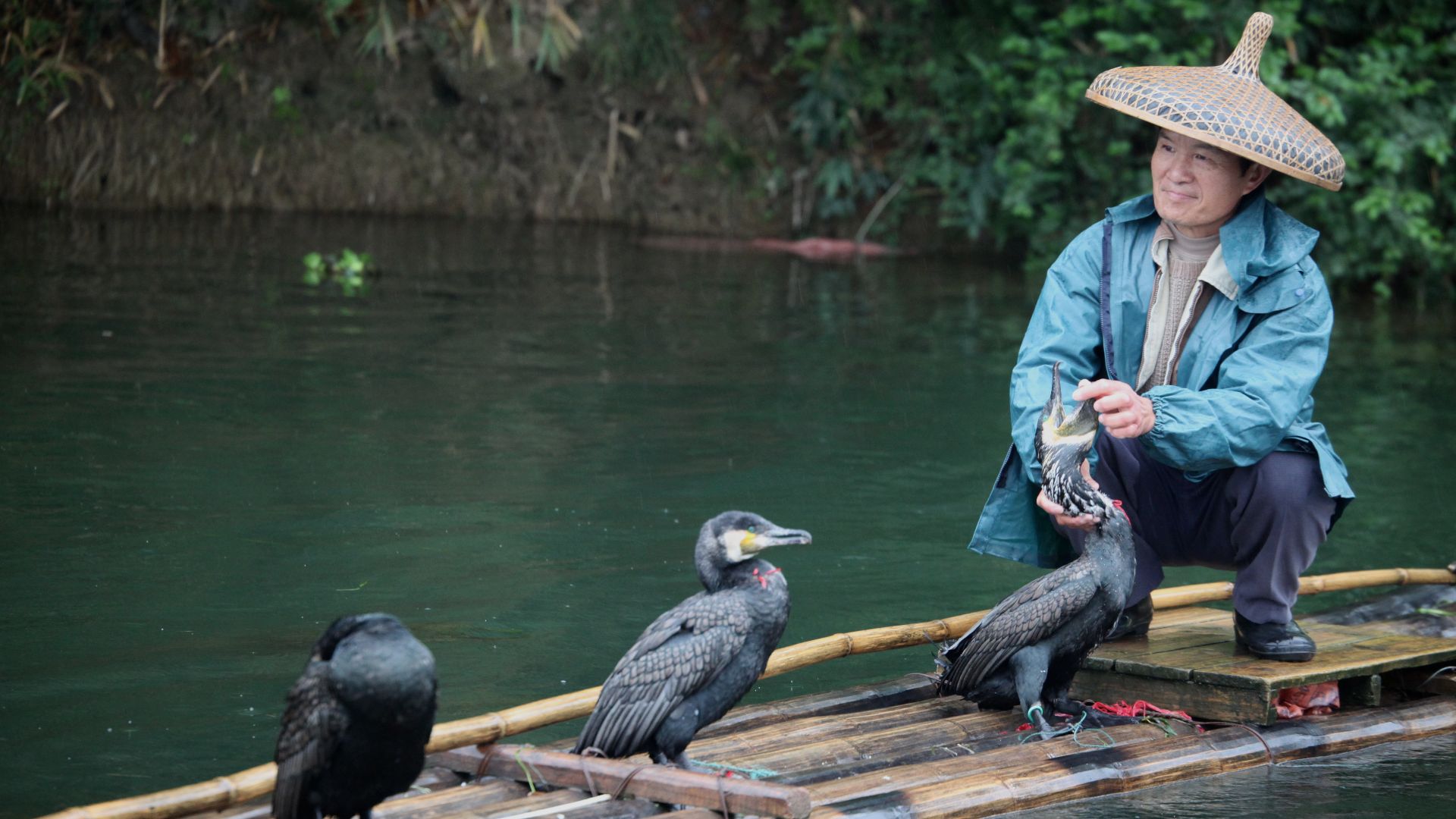 Nicolas de Camaret, Wikimedia Commons
Nicolas de Camaret, Wikimedia Commons
The Balance of Old and New
Young Bai people walk between two worlds. They learn coding in schools and songs from their grandmothers. They wear jeans on weekdays and traditional garb for festivals. This cultural duality is their strength—and their challenge.
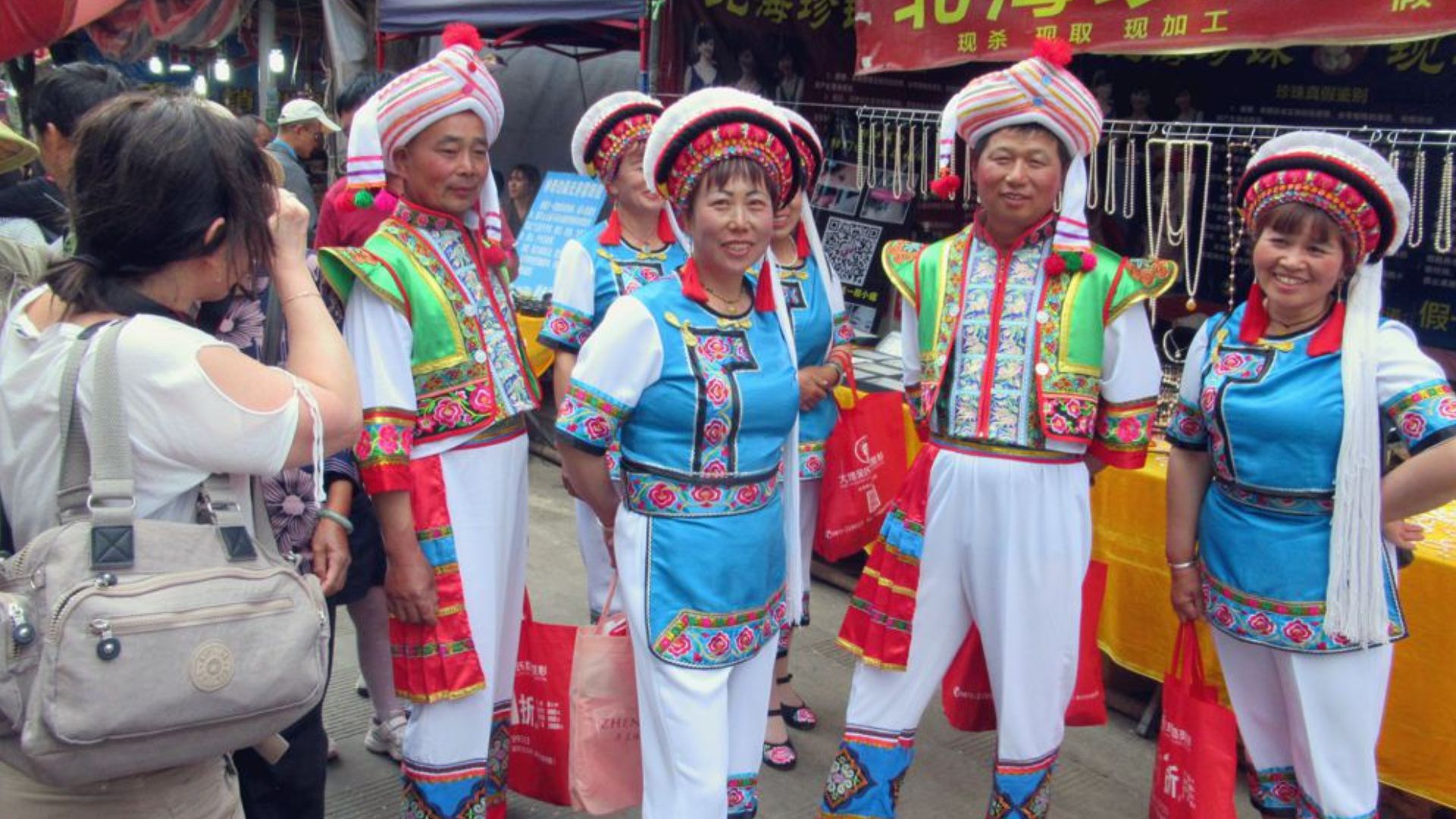 David Stanley from Nanaimo, Canada, Wikimedia Commons
David Stanley from Nanaimo, Canada, Wikimedia Commons
A People of Color and Light
The word “Bai” means “white,” symbolizing purity and brightness. But Bai culture is anything but colorless. It’s full of painted doors, red ribbons, blue rivers, and golden traditions. They believe in living beautifully, even simply.
Not Just Fishermen
Though known for bird-fishing, the Bai are also tea growers, stone carvers, potters, and painters. Their creativity shows up in everything from architecture to cuisine. Bai cuisine favors sour, spicy flavors and includes dishes like raw fish with pickled vegetables and stir-fried goat.
The Last of the Bird Whisperers
In a world that often values speed over skill, the Bai’s cormorant fishing is a gentle reminder of harmony and patience. Few still practice it, and fewer still do it in secret. Those who remain are the last of the bird whisperers.
Lessons from the Lake
The Bai people teach us that there is strength in gentleness, wisdom in old ways, and beauty in the quiet things. They remind us that living close to nature doesn’t mean living in the past—it means living well.
 Nishino Asuka, Wikimedia Commons
Nishino Asuka, Wikimedia Commons
You May Also Like:
Photos Of The Tribe That Still Builds Floating Villages
New Evidence Of Uncontacted Jungle Tribe Emerges In Bolivia
Historical Photos Of The Unyielding Tribe That Refused All Peace Treaties

